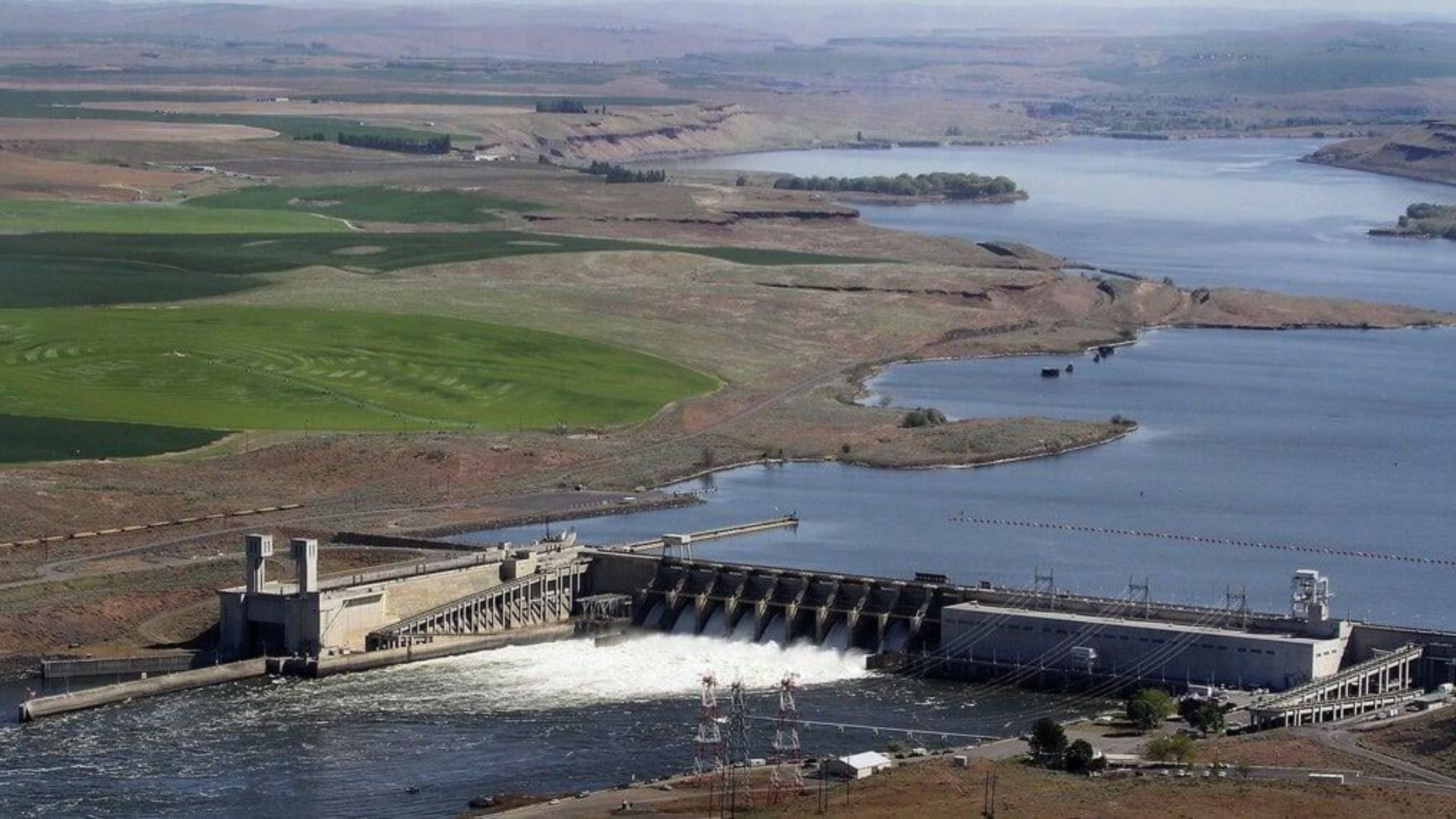
How do dams impact fish migration, biodiversity, and ecosystem health? The answer might surprise you. While hydropower dams bring us clean, renewable energy, they create significant barriers for aquatic species trying to reach their spawning habitats. Fish, like salmon and trout, rely on uninterrupted migration routes to sustain healthy populations. But what happens when a towering high-head dam or a smaller low-head dam stands in their way?
These man-made barriers disrupt the delicate balance of aquatic ecosystems, affecting not only fish populations but also the communities and industries that depend on them.
At Whooshh Innovations, we’ve reimagined fish passage with tailored solutions for both high and low head dams. From safer migration routes to smarter technology, our systems help aquatic species thrive while enabling hydropower operators to achieve sustainability goals.
Why Are High-Head Dam Passage Systems So Critical?
High-head dams, often towering hundreds of feet above rivers, are among the most challenging barriers for migratory fish. These tall structures block vital upstream routes, preventing species like salmon from reaching spawning grounds. According to NOAA Fisheries, more than 40% of endangered fish species in North America are impacted by dam obstructions¹.
Our high head dam fish passage solution tackles this challenge with advanced pneumatic tube transport systems. These systems use gentle air pressure to propel fish safely over barriers more than 1,700 feet tall and 2,000 feet wide. Compared to traditional fish ladders, this method is faster, more efficient, and significantly less stressful for the fish.
Studies show that well-designed fish passage systems can improve migration success rates by up to 95%². By integrating advanced imaging and monitoring, our high head dam solutions also collect critical population data, helping researchers and operators better understand migration patterns and behavior.
What About Low-Head Dams? Are They Just as Problematic?
Low-head dams may not tower over rivers like their high-head counterparts, but they create significant obstacles for smaller or less agile species. These shorter barriers often go unnoticed, yet they can prevent fish from accessing vital habitats, disrupt sediment flow, and alter water quality.
We specialize in low head dam fish passage solutions designed to address these specific challenges. Our modular systems, like the ASPFishway™, prioritize adaptability. Adjustable slopes, flow rates, and resting pools ensure smooth passage for diverse fish species, from minnows to salmon. These solutions are particularly cost-effective, requiring minimal installation effort while delivering long-term ecological benefits.
According to a report by the Nature Conservancy, removing or retrofitting low-head dams can restore critical habitats for over 25,000 miles of rivers in the U.S. alone³. Our systems offer a viable alternative when dam removal isn’t possible, balancing resource use with conservation.
How Do Fish Passage Solutions Impact Ecosystems and Industry?
Investing in modern fish passage solutions doesn’t just benefit fish—it positively impacts entire ecosystems and economic structures. Here are three key areas where these solutions make a difference:
- Biodiversity Restoration: By enabling species to reach spawning grounds, fish passage systems support population recovery and overall ecosystem health. Healthy fish populations also contribute to the survival of predators and the balance of aquatic food webs.
- Economic Gain: Viable fish passage enhances commercial and recreational fisheries. According to NOAA Fisheries, sustainable fisheries contribute over $100 billion annually to the U.S. economy⁴.
- Regulatory Compliance: Dam operators are often required to implement fish passage solutions to meet environmental regulations. Integrated systems, like those from Whooshh Innovations, streamline the compliance process while improving operational efficiency.
How Does Whooshh Redefine High and Low Head Dam Fish Passage Solutions?
At Whooshh Innovations, we approach fish passage with innovation and adaptability. Our high head dam fish passage solutions use pneumatic technology to safely transport fish over towering barriers, reducing stress and improving survival rates. Equipped with AI-powered FishL Recognition™, we capture real-time data on species, size, and health to provide operators with actionable insights.
For low head dam fish passage solutions, our ASPFishway™ combines modular design with volitional entry, allowing fish to swim through naturally. Adjustable settings make it adaptable to different site conditions and species needs. Whether you’re managing a small stream or a major river system, our systems fit seamlessly to restore connectivity and biodiversity.
Are Passage Solutions Economically Viable for Hydropower?
Hydropower operators often face a tough question: how do you balance energy production with environmental stewardship? Our fish passage solutions provide a clear answer.
Traditional solutions like fish ladders can divert up to 10% of river flow toward fish passage. In contrast, our systems rely on pneumatic transport, requiring minimal water usage. This allows operators to allocate more flow for hydropower production, improving ROI without compromising ecological responsibility.
With Whooshh, you don’t just meet sustainability goals—you exceed them.
Conclusion: Bridging the Gap for Aquatic Ecosystems
High and low head dams represent one of the biggest challenges for fish migration, but innovative passage solutions are turning the tide. From pneumatic transport systems for towering dams to modular fishways for smaller barriers, Whooshh Innovations is leading the way in restoring connectivity and biodiversity.
Investing in advanced fish passage systems isn’t just about meeting regulatory requirements—it’s about preserving the natural balance of our waterways for future generations. Contact Whooshh Innovations today to learn more about how our systems can help you bridge the gap between energy production and ecological responsibility.